Diving into the world of gemstones, you’ve probably marveled at the warm, sunny hues of citrine.
It’s a stone that’s not only beautiful but also steeped in history and symbolism. But when it comes to value, you might wonder, how much is citrine really worth?
The worth of citrine can vary widely, influenced by factors like color, clarity, cut, and carat weight. Whether you’re eyeing a piece of citrine jewelry or considering it as an investment, understanding these nuances is key to making an informed decision.
Let’s uncover the sparkling details that determine the value of this captivating gemstone.
Citrine’s worth varies based on color intensity, clarity, cut, and carat weight. The most valued citrines exhibit a deep, saturated hue known as “Madeira.” High clarity and expert cuts that enhance the stone’s brilliance further increase its value. Larger, natural citrines are rarer, making them more valuable.
What Is Citrine?
Citrine, a mesmerizing gemstone that captivates with its warm hues, is a variety of quartz renowned for its charming shades ranging from pale yellow to deep amber. Beloved by jewelry enthusiasts, citrine boasts a durability rating of 7 on the Mohs scale, making it a sturdy option for daily wear.
With its abundance, citrine’s accessible price point compared to more scarce gemstones like sapphire or ruby makes it a favorite. Often referred to as the “merchant’s stone,” citrine is thought to attract wealth and prosperity, which translates into its popularity not only as a fashion statement but also as a talisman.
Key Factors Affecting Citrine’s Value
While exploring the worth of citrine, you’ll notice certain key characteristics predominantly influence its market value:
- Color: The most coveted citrines display a saturated hue, often termed as “Madeira citrine” for its rich, wine-like quality.
- Clarity: High clarity citrines are more prized, and the presence of inclusions can affect the stone’s desirability and worth.
- Cut: Precision in cutting brings out the gem’s brilliance and ensures the color is evenly distributed, impacting its aesthetic appeal.
- Carat Weight: Larger citrines are less commonly found, which heightens their value, especially when coupled with outstanding color and clarity.
Understanding that quality factors hold significant sway in determining the gemstone’s value is vital for you, whether you’re a collector or simply seeking a new addition to your jewelry box. Remember, citrines with an excellent balance of these factors tend to fetch higher prices, and their allure in the world of fine jewelry continues to shine. With a well-informed approach, you’ll navigate the citrine market with confidence, pinpointing pieces that resonate with your taste and budget.
In your journey to discover the perfect citrine, keep in mind the unique attributes each stone possesses. These singular qualities not only influence their value but also tell a story of geological wonder, making every citrine piece a unique treasure.
Citrine Prices: Factors That Affect Value
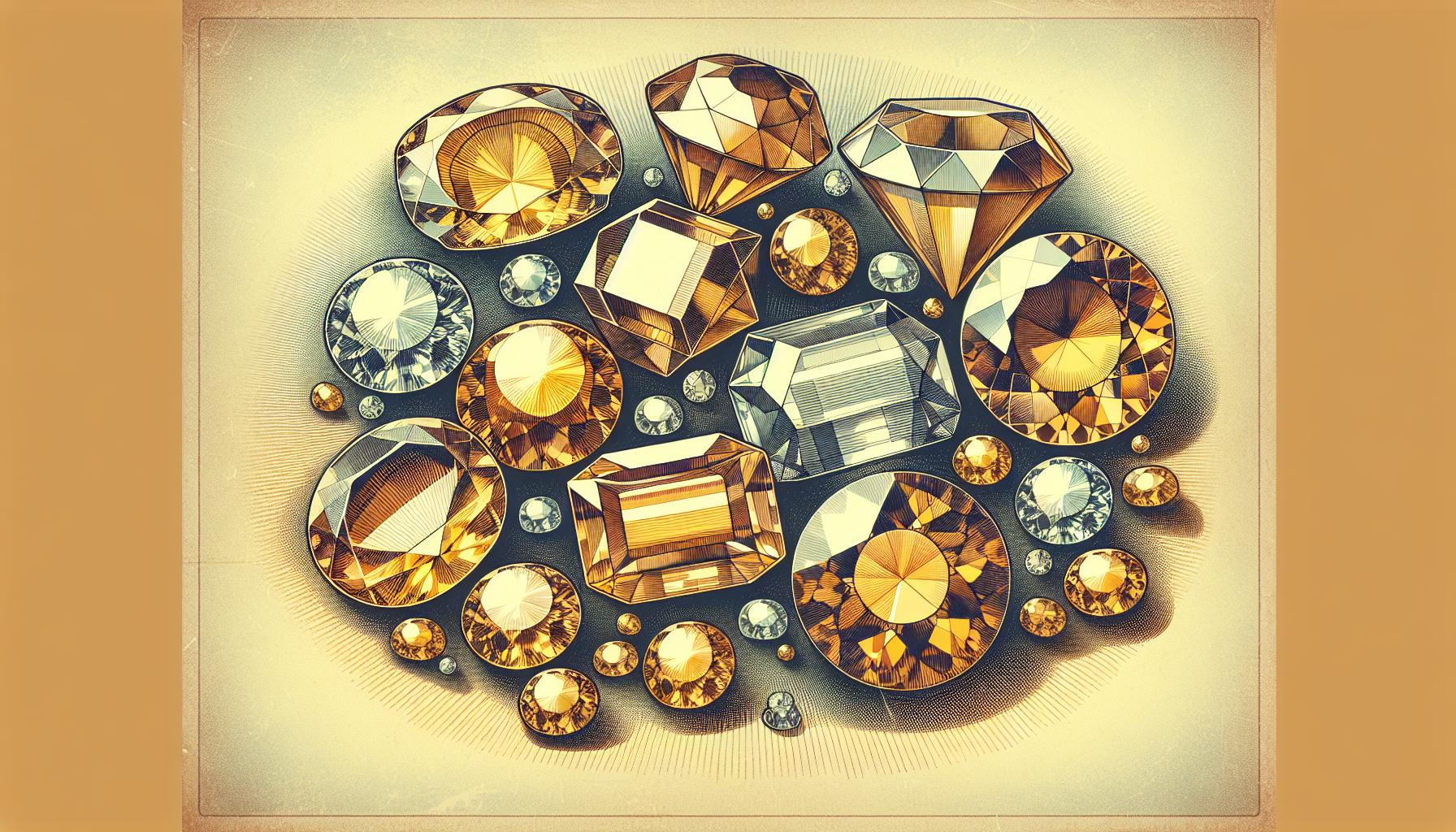
Color, Clarity, and Cut Quality
When you’re examining citrine prices, color proves to be the most crucial determinant. The gemstone’s enchanting shades range from pale yellow to a deep, reddish-brown. Premium citrine sports a saturated golden hue called “Madeira,” highly sought after for its rich, autumnal appearance. Less intense colors tend to fetch lower prices, though they’re still undeniably captivating.
Clarity is the measure of inclusions within a citrine. Like with most gemstones, higher clarity translates to higher value. Flawless pieces are rare; most citrine will display minor inclusions visible under magnification. Yet it is the stones with eye-visible defects that experience a notable drop in value.
The cut quality directly impacts a citrine’s brilliance and how it interacts with light. A well-executed cut can maximize the stone’s fiery color and ensure the gemstone’s facets reflect light effectively, thus making the stone more desirable. An exceptional cut will always increase the value of citrine, regardless of its size.
Market Demand and Availability
Citrine’s worth in the market relies not just on its inherent characteristics but also on external factors. Market demand significantly influences its price. In periods where fashion trends lean towards the warm tones of citrine, you can expect the prices to rise as popularity increases.
The availability of citrine plays a role too. As a plentiful quartz variety, citrine is considerably more affordable than rarer gemstones. However, natural citrines are much less common than heat-treated amethysts which are often sold as citrines. A genuine, natural citrine will command a higher price, especially for those stones exhibiting desirable qualities like deep coloration and clarity.
Remember, the larger the stone, the rarer it is, and thus, more valuable. But carat weight isn’t the sole player. It works hand in hand with the above factors to establish a citrine’s overall worth. Always inspect a citrine for its color, clarity, cut, and carat weight in tandem to appreciate its true value.
Understanding Citrine: A Rare Gem
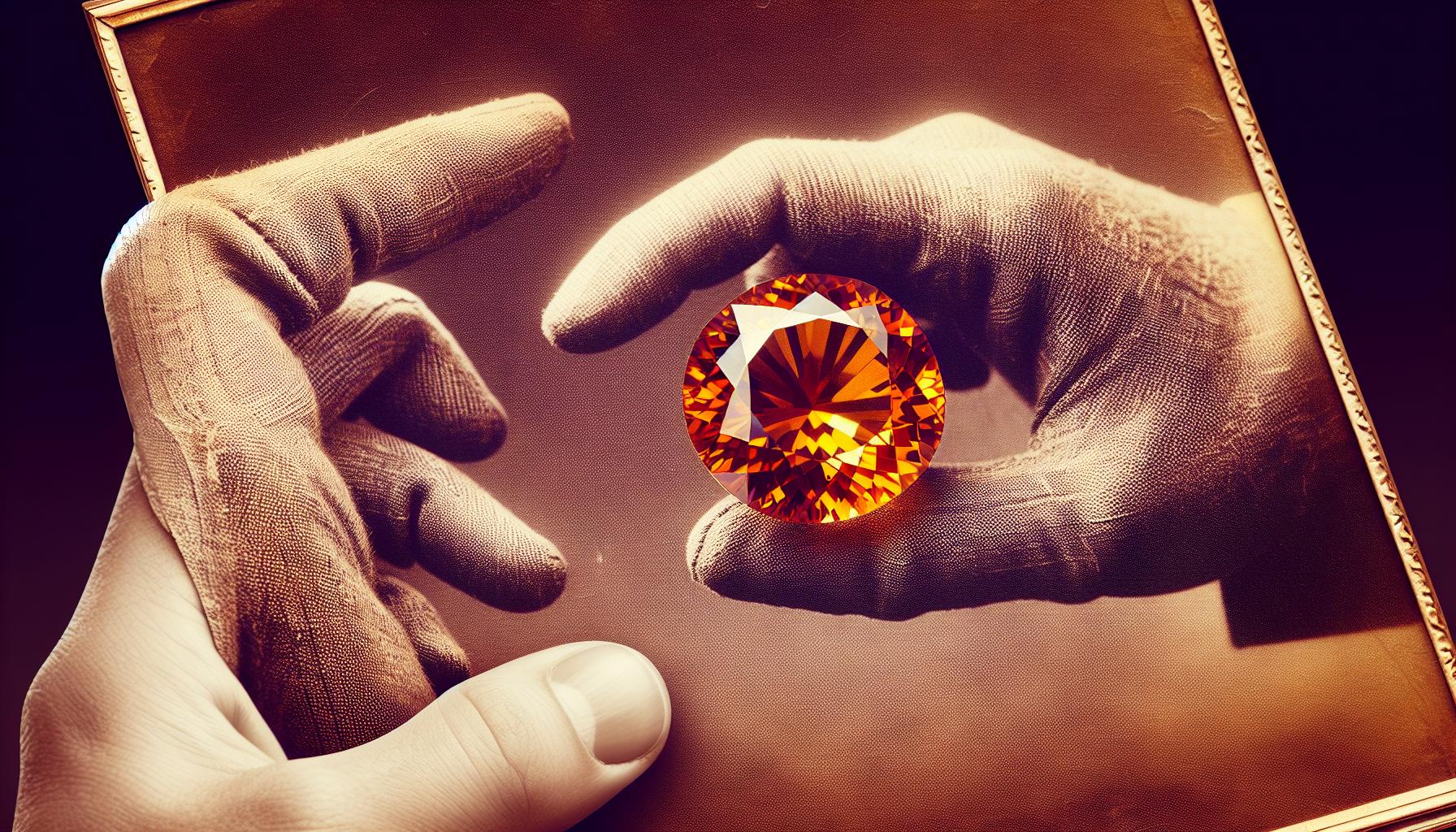
The Rarity of Citrine
When you’re hunting for treasures among gemstones, the uniqueness of citrine makes it shine. It’s the yellow variety of quartz and its rarity comes from its natural occurrence. Most citrine on the market is actually heat-treated amethyst or smoky quartz. True natural citrine is a prized find, with its warm hues ranging from pale yellow to a deep amber, often called Madeira citrine for its rich, orange-brown tones. The Brazilian state of Rio Grande do Sul is famously known as a primary source of natural citrine, but it’s also found in places like Spain, Bolivia, and Madagascar.
As a buyer or collector, acknowledging the scarcity of genuine citrine is crucial. It’s less prevalent in nature compared to other quartz varieties, and this scarcity can influence both its value and the price tag. Remember that when citrine is labeled as “natural” in the gem market, it implies that the stone has not undergone heat treatment, distinguishing it from the more common, modified versions.
Origins and Characteristics
Citrine’s origins play a significant role in its allure and value. As a silicon dioxide mineral, it’s formed in igneous rocks and often found in geodes, alongside other minerals like amethyst. The conditions required to form natural citrine are specific and rare, which involves prolonged exposure to heat and pressure naturally occurring within the Earth.
Delving into its characteristics, citrine boasts a hardness of 7 on the Mohs scale, which makes it a durable choice for everyday jewelry. Its crystal structure is trigonal, and when precisely cut, it exhibits brilliant luster. Key qualities to look out for include:
- Color saturation
- Luminosity
- Clarity
The most sought-after specimens display a saturated color and minimal inclusions, which can significantly influence their market worth. Additionally, varying shades can attract different preferences, with some opting for the gentle, lemony hues, while others crave the deep, cognac tones of Madeira citrine. These attributes speak not only to the heart of citrine’s desirability but also to the intrinsic factors that determine its monetary value.
When assessing citrine, it’s paramount to weigh these origins and characteristics against one another. This will give you a clearer vision of the gemstone’s provenance and the unique aspects that may appeal to your personal or investment interests. Keep in mind that while the color often catches the eye initially, it’s the combined evaluation of all features that truly encapsulates the worth of citrine gems.
Citrine Grading and Valuation
The Grading System for Citrine
When you’re assessing the quality of citrine, it’s vital to understand the grading system used by professionals. Citrine grades are based on several attributes including color, clarity, cut, and carat weight—commonly known as the 4 Cs:
- Color: This is the most critical factor in valuing citrine. Deep, vibrant shades of golden yellow and amber are usually the most coveted. Look for a uniform and saturated hue without brownish or orange tinges.
- Clarity: Like other gemstones, citrine should have few inclusions or none that are visible to the naked eye. The clearer the stone, the higher its value.
- Cut: A well-cut citrine will enhance the stone’s color and ensure it interacts with light to produce the desired sparkle and brilliance.
- Carat Weight: Larger citrines tend to be more valuable, but not if they sacrifice color and clarity. Remember, a smaller, higher-quality gem could be worth more than a larger one with poor attributes.
Certification and Appraisal
Obtaining a gemstone certification is a sure way to ensure the citrine you’re interested in is valued correctly. Certified gemologists can assess the quality of citrine using advanced equipment and industry-standard methods. Certification from recognized bodies like the Gemological Institute of America (GIA) adds to the credibility and value of the gemstone as it guarantees the authenticity and quality of your citrine.
An appraisal might also be necessary, especially if you’re insuring the gemstone or looking to understand its market value. A professional appraiser evaluates the citrine against current market conditions and provides a document stating the gem’s worth. Keep in mind that appraised values can fluctuate based on market demand, rarity, and fashion trends.
To ensure you’re getting a fair valuation, it’s best to seek services from a certified and reputable appraiser. They’ll also consider factors like the gemstone’s provenance and any historical significance, which can further affect citrine’s worth. Remember to update your appraisal periodically, as the value of gems and precious stones can change over time.
Current Market Trends in Citrine Pricing
When you’re delving into the current market trends for citrine pricing, demand and supply are crucial factors to watch. The popularity of citrine in fashion and jewelry has surged, driving prices upward, especially for high-quality stones. Natural citrine, with its rarity, casts a significant impact on market prices compared to its more abundant, heat-treated counterparts.
Recognizing shifts in consumer preferences is also essential. As eco-consciousness rises, ethically sourced and natural gemstones carry a premium. Citrine, being largely available in its natural form, captures the attention of this growing demographic. Ethical sourcing influences pricing and can lead to higher valuations for certified natural citrine.
In the past year, citrine pricing has shown trends consistent with larger economic forces. For instance:
| Year | Average Price Increase (%) | Notes |
|---|---|---|
| 2022 | 7-10 | Attributed to increased demand |
| 2023 | 5-8 | Projected growth due to market cues |
Fascination with healing crystals also plays a role, and as citrine is deemed a healing stone, this bolsters demand and pricing.
You should also consider the impact of technological advances in gemstone treatments. These treatments can enhance the clarity and color of citrine, making it more marketable. As such, treated citrine’s availability affects the price balance within the market.
Keeping an eye on auction results can give you insight into the citrine market’s direction. High-profile auction sales often set precedents for pricing, especially for exceptional pieces of citrine gemstones.
Finally, with the fluctuation of currency values and the effect of international trade policies, you’ll find that the pricing of citrine can be as dynamic as the economies they traverse. Collectors and investors alike should stay informed about these economic indicators to make savvy purchases or sales. Remember, staying current with market trends is key in understanding how much your citrine might be worth.
The Most Expensive Citrine
When exploring the dazzling world of citrine, you might wonder what sets the most expensive pieces apart. The rarity and unique properties of high-quality citrine can command astonishing prices. Collector-grade citrine, especially those of natural origin and exceptional quality, often reach the top tier in terms of pricing.
Top-quality citrine displays a vibrant, saturated hue without any brownish tinge. Generally, the most sought-after color is a deep, reddish-orange or a rich golden hue resembling fine brandy. Clarity is another critical factor – the clearer the stone, the more valuable it is. Large citrine stones with high clarity are rare, making them significantly more valuable.
When it comes to size, citrine gems that are over 20 carats with the desired color and clarity can fetch high prices. Their cut also influences their worth; intricate and expertly executed cuts can enhance the stone’s brilliance and, consequently, its price tag.
Record-Setting Citrine Pieces
In the ranks of the most expensive citrine pieces, auction sales provide insight into their market value. Some record-setting citrine pieces have been sold for tens of thousands of dollars. These pieces often have a historical significance or are set in jewelry designed by renowned artists.
- Historic Citrine Jewelry: Jewelry with provenance, such as pieces owned by royalty or celebrities, can see their worth skyrocket.
- Designer Settings: Citrine set in a custom piece by a high-profile designer adds a premium to its price.
The combination of a high carat weight, exquisite cut, perfect clarity, and a warm, saturated color creates the formula for the most expensive citrine. Not surprisingly, citrine that ticks all of these boxes is a treasure sought after by collectors and connoisseurs of fine gemstones. As you delve further into the citrine market, keep an eye on auction houses and private collector sales to get a sense of the soaring heights that top-quality citrine can reach.
Buying Citrine: Tips and Recommendations
Where to Purchase High-Quality Citrine
When you’re in the market for high-quality citrine, reputable jewelers and specialized gemstone stores are your best bet. They’ll offer a variety of citrine pieces, ensuring that you find exactly what you’re looking for. Seek out merchants who provide detailed information about the origin and treatment of their gemstones. Online marketplaces can be convenient, but it’s crucial to choose sellers with high ratings and positive reviews. For collectors and connoisseurs, attending gem shows provides an opportunity to see a range of citrine up close, from affordable pieces to investment-grade gems.
Ensure the seller has a reasonable return policy so that you can get the stone evaluated for authenticity without risk. In addition, don’t shy away from asking for certifications or proof of quality. A transparent seller will be happy to provide such documentation.
Ensuring Authenticity and Value
Authenticity plays a pivotal role in the value of citrine. Beware of misleading labels such as “gold topaz,” which is often used to market citrine but actually refers to a different gem entirely. When assessing a piece of citrine, verify if the stone is natural or if it’s been treated to enhance its color. Heated amethyst is commonly sold as citrine and might be less valuable than a natural citrine.
To guarantee you’re getting what you pay for, insist on certification from a reputable lab. This confirms the stone’s natural origin and absence of synthetic treatments. A well-documented piece will always hold more value in the market.
Remember to examine the stone in different lights, as this can reveal inclusions or color zoning that affect the stone’s value. Inclusion-free citrine is rare and thus, more valuable. If you’re buying citrine as an investment, consider a professional appraisal. A qualified appraiser will take into account the stone’s carat weight, cut, clarity, and color saturation.
Make sure any appraisal is current—market values can change, and so should your understanding of your gemstone’s worth. Always consult with a certified gemologist or appraiser to ensure an accurate valuation. Keeping this in mind, you’ll be well on your way to adding a genuine, high-quality citrine to your collection.
Conclusion: Buying & Selling Citrine
Unlocking the true worth of citrine starts with understanding its unique qualities and the market’s appreciation for natural gems.
Remember, the value lies not just in the stone’s beauty but also in its authenticity and the expertise behind its appraisal. Your investment in citrine can be as solid as the gemstone itself when you make informed choices—seeking out reputable sources, insisting on certifications, and keeping appraisals up to date. Whether you’re adding to your collection or selecting a standout piece, the allure of citrine is clear.
Its warm glow reflects not only your taste but also your savvy approach to value.

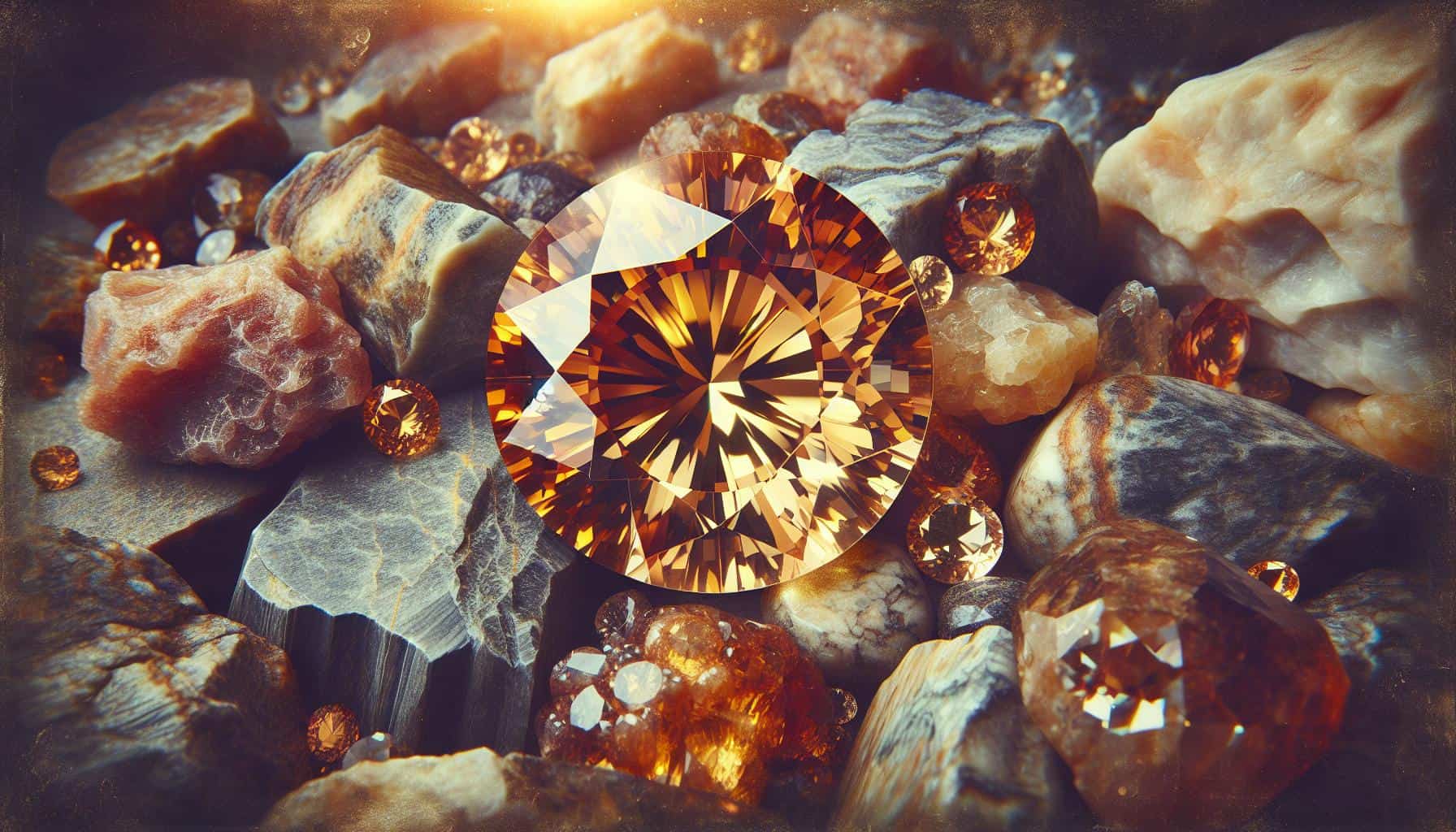
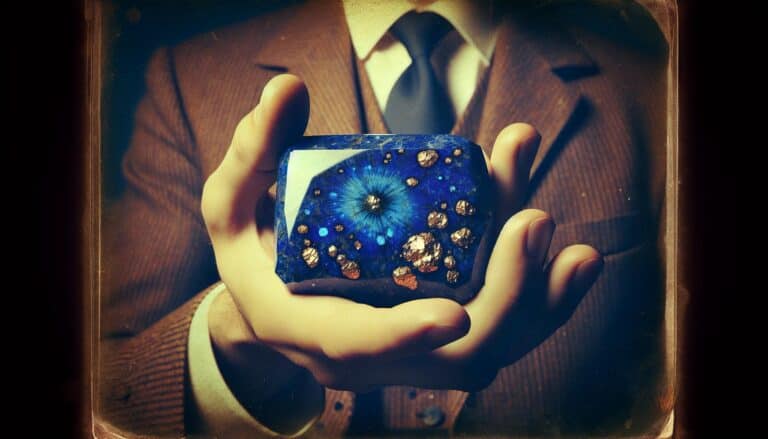



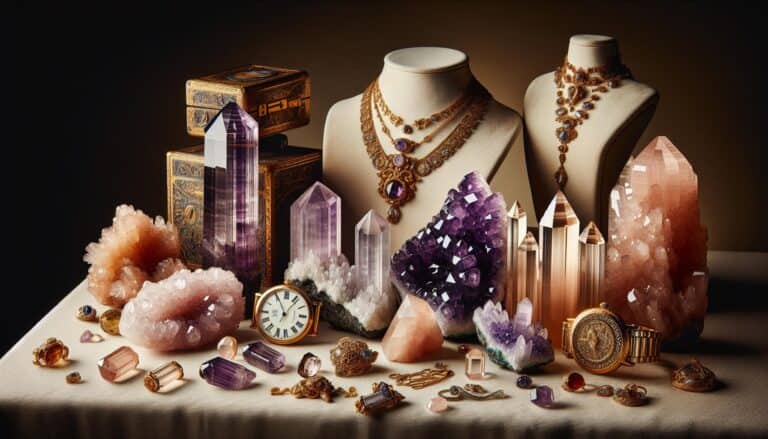
![NY Rockhounding Spots & Finds in [year] : A Beginner’s Guide](https://observationhobbies.com/wp-content/uploads/2024/01/AEUgIv0VNXhpjy1yym9AS-768x439.jpg)